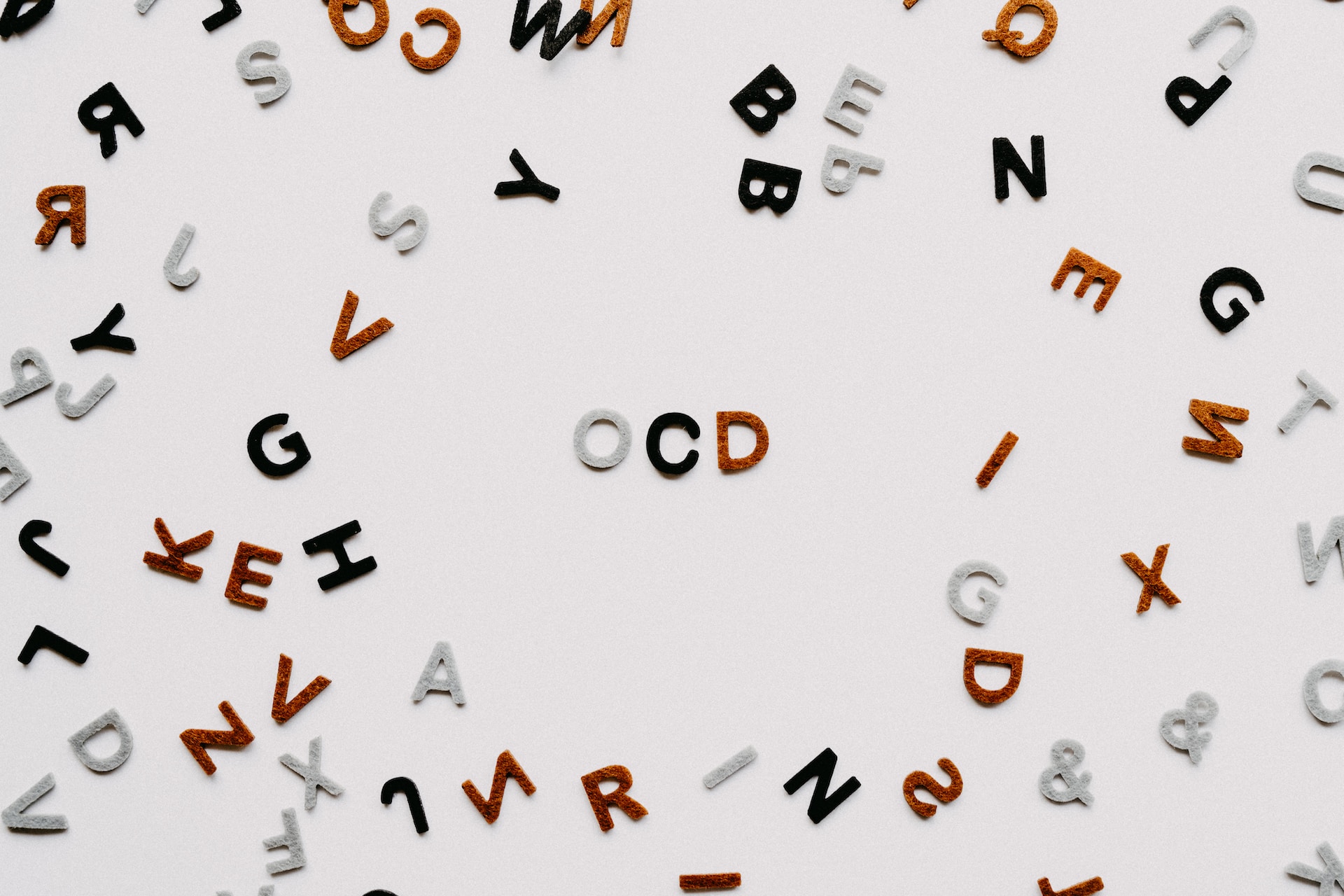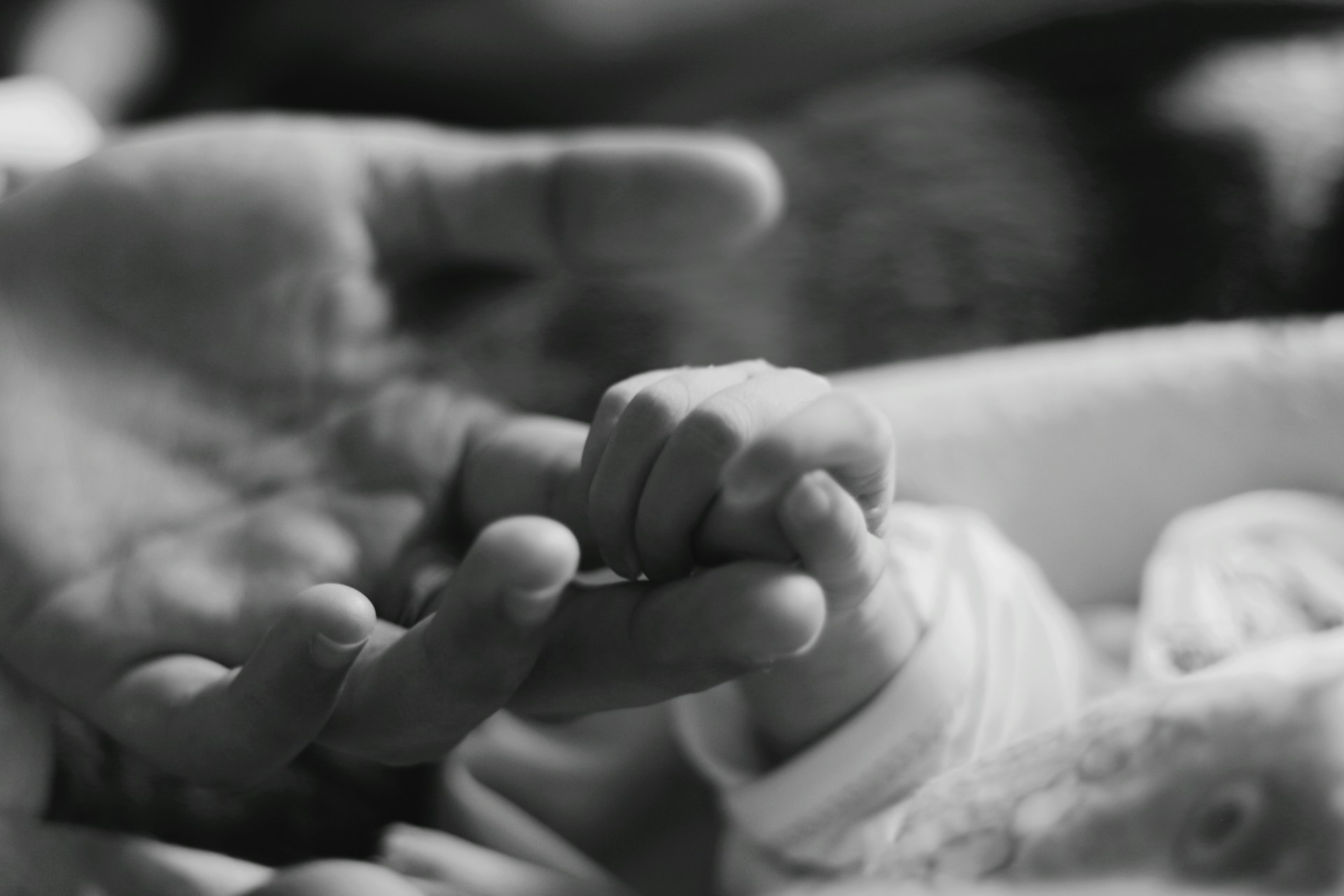You may have heard someone jokingly refer to him or herself as OCD because they can’t stand clutter or leaving dirty dishes in the sink. Or you may have heard someone casually use the term OCD to describe someone else’s habits or behaviors and wonder, “What does OCD stand for?” If so, this article may be for you.
What does OCD stand for?
 OCD stands for Obsessive-Compulsive Disorder, which is much more than just a personal preference for cleanliness or order. Marked by uncontrollable thoughts and behaviors, it is a chronic, long-lasting mental health condition that used to be considered a type of anxiety disorder. However, in the most recent edition of the Diagnostic and Statistical Manual of Mental Health Disorders (DSM-5-TR), it is listed as a disorder class of its own.
OCD stands for Obsessive-Compulsive Disorder, which is much more than just a personal preference for cleanliness or order. Marked by uncontrollable thoughts and behaviors, it is a chronic, long-lasting mental health condition that used to be considered a type of anxiety disorder. However, in the most recent edition of the Diagnostic and Statistical Manual of Mental Health Disorders (DSM-5-TR), it is listed as a disorder class of its own.
There are several different types of OCD such as perfectionism, fear of contamination, and fear of accidentally harming yourself or someone else. However, they all typically follow the same pattern.
A trigger causes repetitive, intrusive, unwanted thoughts (obsessions) which, in turn, give rise to intense fear and anxiety. This leads to repetitive actions (compulsive behaviors), often performed in a ritualistic way, to try and prevent the feared outcome and get the obsessive thoughts to stop.
Many people without OCD also have upsetting thoughts from time to time, may be concerned about germs, or repeat certain actions such as double-checking to see if they’ve turned off the stove or locked the door, but it does not disrupt their daily lives.
On the other hand, if you have OCD, these thoughts and behaviors are uncontrollable. Even when you recognize how irrational or unlikely your thoughts are, you feel unable to resist acting on them and moving on.
Living with OCD can be both debilitating and disconcerting. Left untreated, it can severely disrupt your life, to the point of immobilizing you.
Effective treatment options.
Cognitive Behavioral Therapy (CBT):
Cognitive behavioral therapy focuses on present challenges rather than on your past. The goal is to help you understand how thoughts affect feelings and behaviors, and teach you how to identify distorted thinking patterns and replace them with more rational ones.
Exposure and Response Prevention (ERP):
Exposure and response prevention is a type of cognitive behavioral therapy that was specifically designed for treating OCD. The goal is to change the way you think and react to distressing situations by gradually exposing you to them in a safe environment. At the same time, it equips you with coping skills to help you control your responses to them and prevent the compulsion from taking over.
Psychodynamic psychotherapy:
 Psychodynamic psychotherapy helps you recognize and understand the effect your past experiences may have on your current thoughts and behaviors, identify triggers, and work through the underlying beliefs and feelings that are causing your OCD.
Psychodynamic psychotherapy helps you recognize and understand the effect your past experiences may have on your current thoughts and behaviors, identify triggers, and work through the underlying beliefs and feelings that are causing your OCD.
Acceptance and Commitment Therapy (ACT):
Acceptance and commitment therapy is a type of mindfulness intervention that helps you stay focused on the present moment and learn to accept obsessive thoughts without judgment as just thoughts, and not necessarily reality.
Christian counseling for OCD
Christian counseling involves a combination of biblical principles and secular clinical intervention. It can be especially helpful in the treatment of OCD by using the truths found in the Bible to help counter irrational obsessive thoughts.
If you are struggling with OCD and have questions or would like to set up an appointment to meet with one of the faith-based counselors in our online directory, please give us a call today.
References:
Owen Kelly. “What Is Obsessive-Compulsive Disorder (OCD)?” Verywell Mind. Updated February 15, 2023. verywellmind.com/what-is-obsessive-compulsive-disorder-ocd-2510675.
Photos:
“Brick Wall”, Courtesy of Georgi Kalaydzhiev, Unsplash.com, Unsplash+ License; “Brick Wall”, Courtesy of Jay Heike, Unsplash.com, CC0 License
-
Sandra Stein: Author
Sandra Kovacs Stein was born in Calcutta, India, grew up in the Dominican Republic, and went to school in Canada, where she planned to settle after getting her Master’s degree in Speech Pathology and Audiology. Instead, she fell in love with an Ameri...
DISCLAIMER: THIS ARTICLE DOES NOT PROVIDE MEDICAL ADVICE
Articles are intended for informational purposes only and do not constitute medical advice; the content is not intended to be a substitute for professional medical advice, diagnosis, or treatment. All opinions expressed by authors and quoted sources are their own and do not necessarily reflect the opinions of the editors, publishers or editorial boards of Stone Oak Christian Counseling. This website does not recommend or endorse any specific tests, physicians, products, procedures, opinions, or other information that may be mentioned on the Site. Reliance on any information provided by this website is solely at your own risk.





